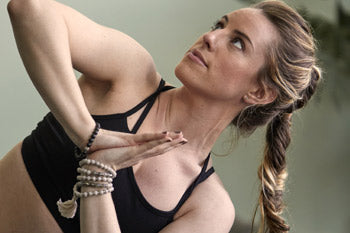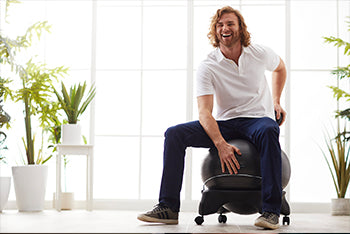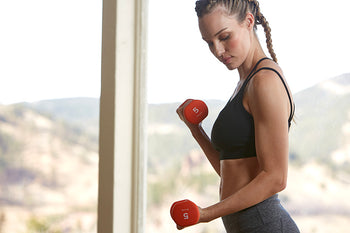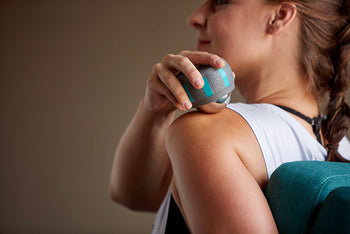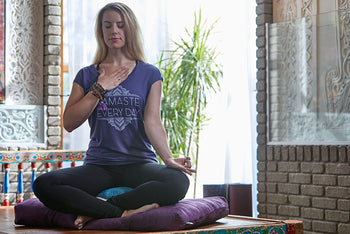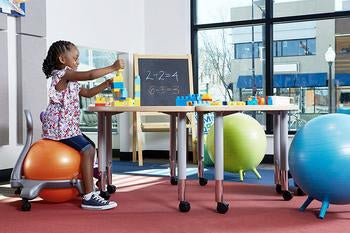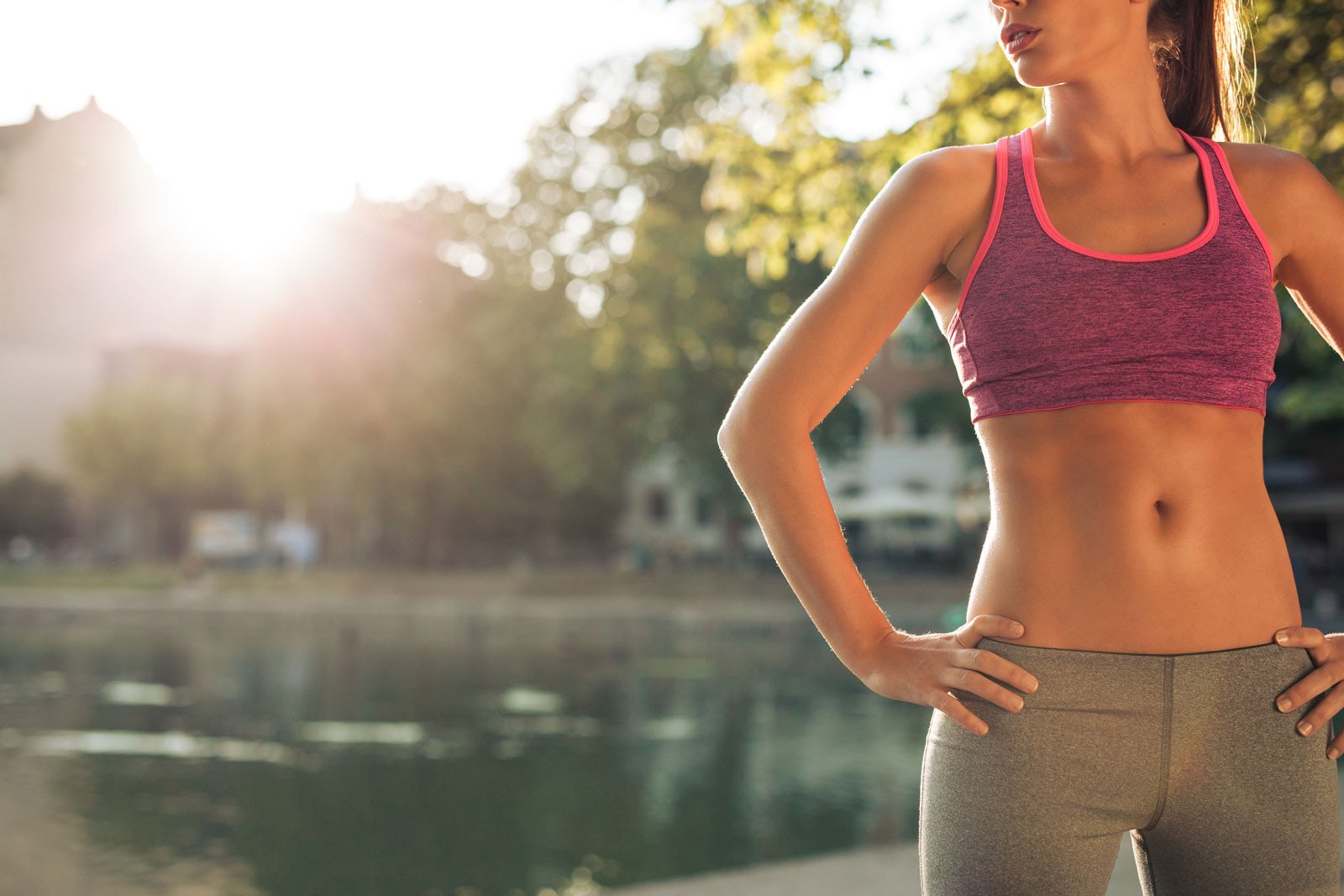First, you must consider variables such as body type, heredity, age, activity and gender. For instance, the range for a healthy body fat percentage in women tends to be higher than that of men, as women need more body fat. A certain amount of fat is important for bodily functions. It regulates your body temperature, cushions organs and tissues, and is the main form of your body’s energy storage. So it's important to have neither too much nor too little body fat. If you'd like to try and reduce your body fat percentage, consider a new Yoga or Pilates class. Mayo Clinic staff, as well as other health professionals, list the following age-adjusted body fat percentile recommendations:
Women:
- 20-40 yrs old: Underfat: under 21 percent, Healthy: 21-33 percent, Overweight: 33-39 percent, Obese: Over 39 percent
- 41-60 yrs old: Underfat: under 23 percent, Healthy: 23-35 percent, Overweight : 35-40 percent Obese: over 40 percent
- 61-79 yrs old: Underfat: under 24 percent, Healthy: 24-36 percent, Overweight: 36-42 percent, Obese: over 42 percent
Men:
- 20-40 yrs old: Underfat: under 8 percent, Healthy: 8-19 percent, Overweight: 19-25 percent, Obese: over 25 percent
- 41-60 yrs old: Underfat: under 11 percent, Healthy: 11-22 percent, Overweight: 22-27 percent, Obese: over 27 percent
- 61-79 yrs old: Underfat: under 13 percent, Healthy: 13-25 percent, Overweight: 25-30 percent, Obese: over 30 percent

